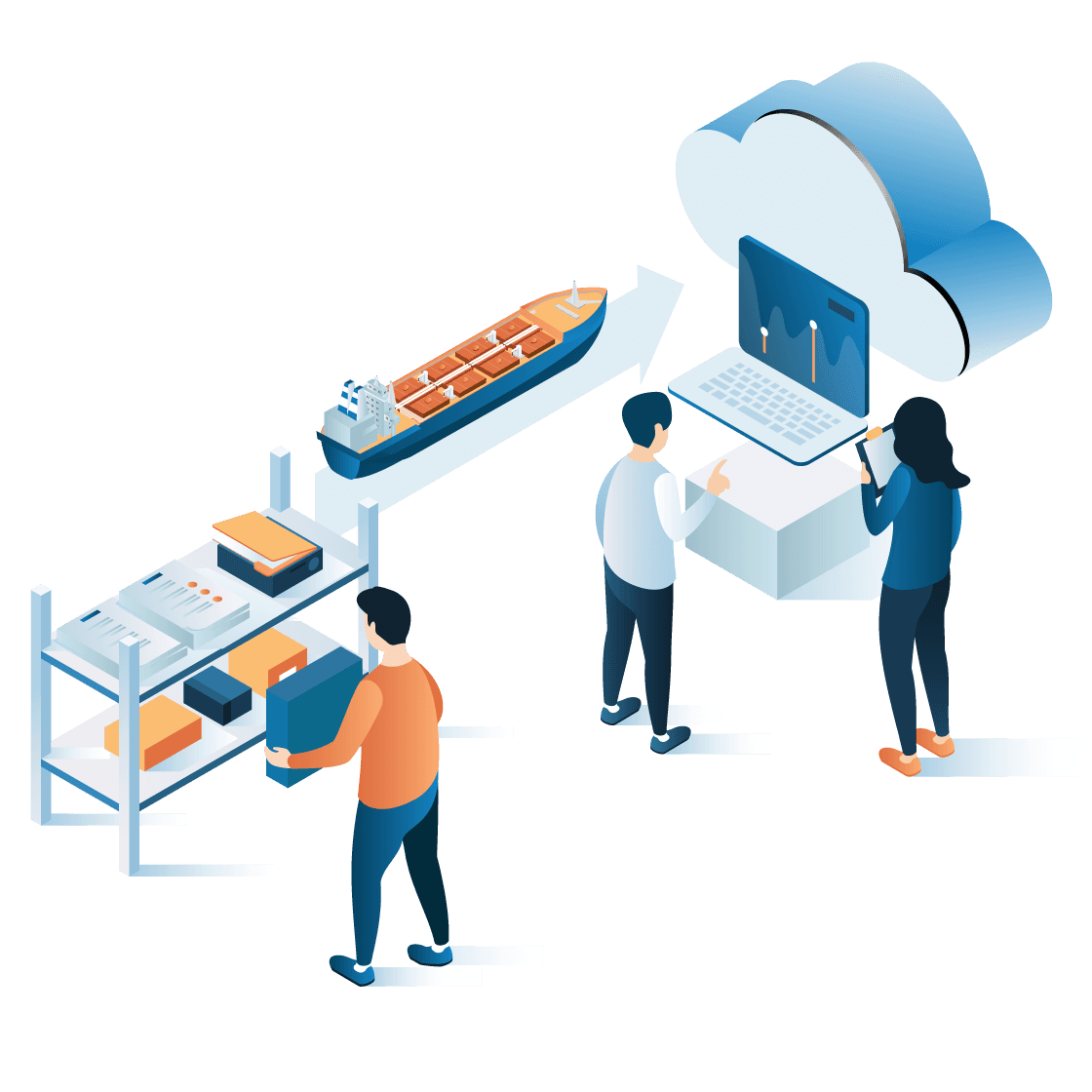Fleet Size
Need
Vessel Type
Migration
About Us
First steps to the new norm; Explore cloud software
Many new companies turn to cloud migration to transfer data surrounding applications, databases, IT processes into and across cloud software. But, what is cloud migration, why is it necessary, and what does it require? Here is your ultimate faq book into cloud migration.
What is cloud migration?
Cloud migration allows you to move your business operations from your existing digital platforms to the cloud. Think of it as transferring information across different data centers. This process is no easy feat and calls for extensive preparation and effort to save costs and ensure maximum operations flexibility.
There is another keyword we should cover in this domain called legacy infrastructure. If a piece of data in hardware, software, or computing is outdated but still being used, it is called legacy. Although they are, in most cases, not as secure or efficient, some businesses may have to endure their existence. This creates a host of issues, including the risk of data breaches, unreliable operating systems, and capacities, and may call for this infrastructure to be hosted on-premises. Many businesses that rely on such on-premise legacy infrastructure that is physically located in specific domains have a more challenging time transitioning into the cloud. Nevertheless, we see almost all companies start with a partial migration to the cloud.

Why should you migrate to the cloud?
Apart from keeping up with the times and adapting to the updated offerings of novel technology, migrating to the cloud comes with many benefits. These include:
Cost-Efficient Storage and Functioning: IT operations come with extensive maintenance and upgrade costs; with the cloud covering all these necessities, companies can help reduce IT and storage costs and focus their resources on innovation and development.
Enhanced Performance: Many businesses improve performance significantly while boosting their UX with cloud operations. Cloud data centers allow for reduced latency, enabling the data to reach users without traveling to great lengths.
Boosted flexibility: In most cases, it is easier to use cloud services as data on it can be accessed anywhere, anytime by customers. This functionality allows businesses to navigate their business offering into new territories and go global!
Increased scalability: Cloud computing makes it easier for businesses to take on bigger workloads and more users, inviting more room to grow and scale.

3 Challenges to Look Out For in Cloud Computing
All good things come with a price. Here are some potential challenges that may arise during migration.
Maintaining operations: Keeping your business operational during the migration process may be tricky. To ensure continuous service, you will be obliged to hold an overlap between the cloud and on-premise data before completely shutting down a database. Moving a little bit of data at a time, rather than all in once, maybe the key.
Preserving data integrity: Once you transfer your data, you will need to ensure it will be secure without potential leakages.
Transferring large databases: Transferring databases is demanding and requires substantial portions of data migration. This data can be transmitted over physical methods such as hardware appliances or the Internet and may take a significant amount of time.